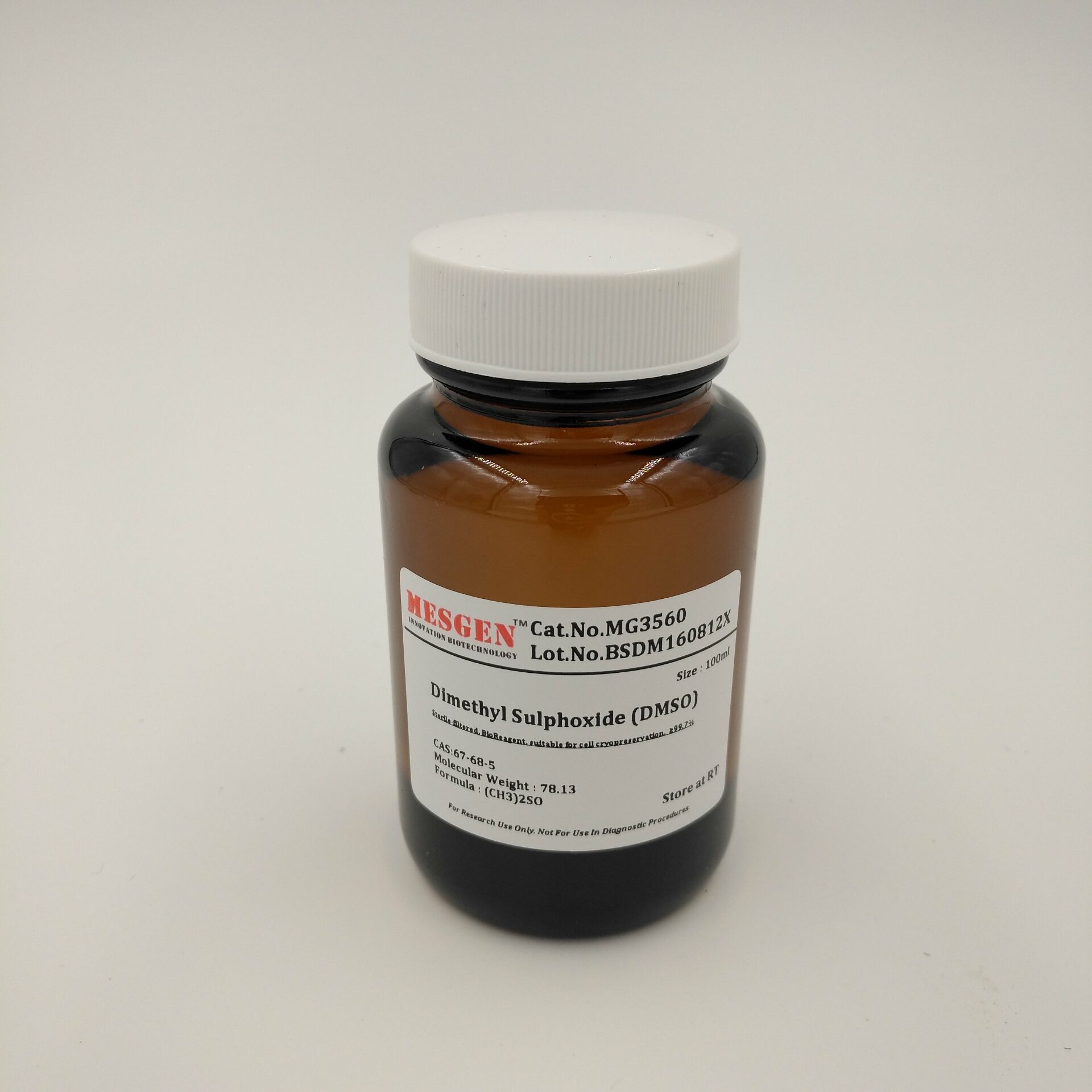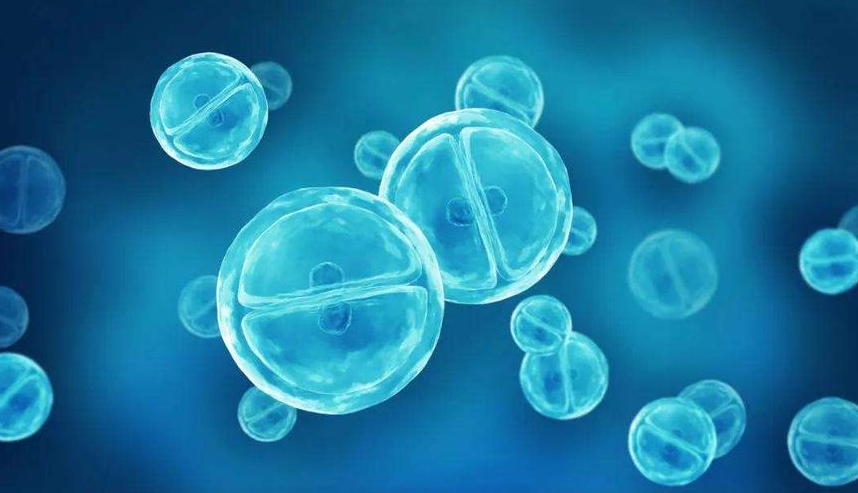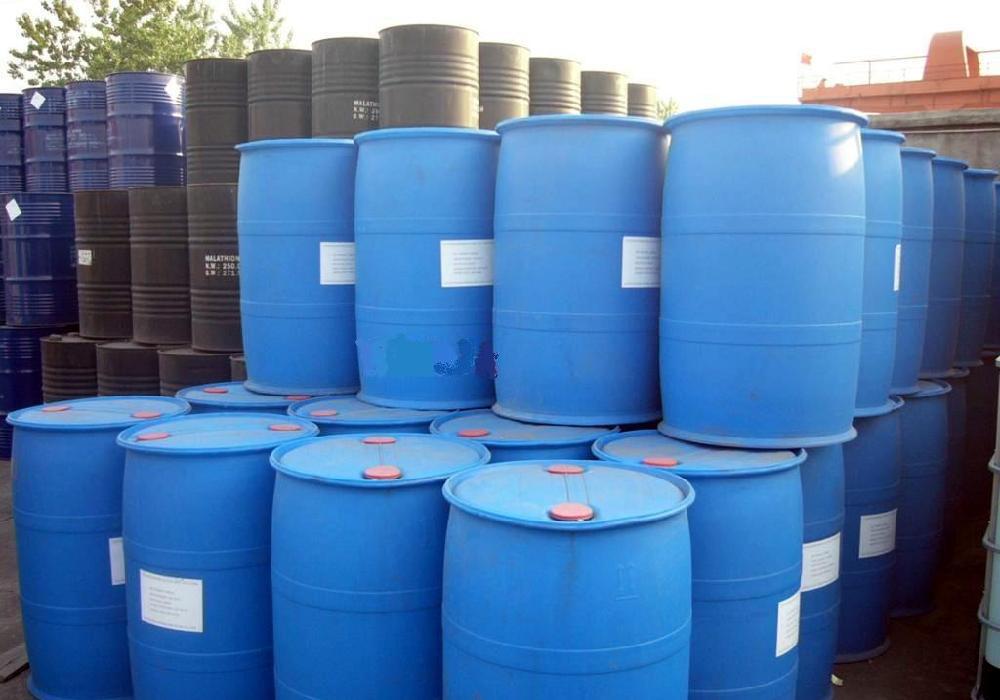Sinoright Blog
The Use of Dimethyl Sulfoxide in Cell Freezing and Storage
DMSO is able to rapidly penetrate the cell membrane into the cell, lowering the freezing point and slowing down the freezing process, as well as increasing the intracellular ion concentration and reducing the formation of intracellular ice crystals, thereby reducing cell damage.
The cytotoxicity of dimethyl sulfoxide is suppressed at deep cryogenic temperatures, and it is important to move quickly during resuscitation to wash off the dimethyl sulfoxide as soon as possible, otherwise it will cause severe toxicity to the cells.
Dimethyl sulfoxide (DMSO) is the best cell cryoprotectant, but it is also a chemical test agent with great cytotoxicity, the results of the study showed that, when the concentration of DMSO in the culture medium is 10%, the cell growth inhibition rate is nearly 100%; the inhibition rate of 1‰ concentration is 35%, even if it is the concentration of 0.04 ‰, DMSO has a detrimental impact on the growth of cells.

How exactly should DMSO be used during an experiment?

Cell Freezing
① Prepare freezing culture medium containing 10% DMSO or glycerol and 10-20% calf serum.
② Take cells in logarithmic growth phase, remove the old culture medium and wash with PBS.
③ Remove the PBS and add appropriate amount of trypsin (covering the surface of the Petri dish) to digest the monolayer growing cells down.
④ Centrifuge at 1000rpm for 5min.
⑤ Remove trypsin, add appropriate amount of prepared frozen culture medium, blow gently with a pipette to make the cells homogeneous, count, and adjust the final density of the cells in the frozen culture medium to be 5×106/ml to 1×107/ml.
⑥ Dispense the cells into cryopreservation tubes, 1~1.5 ml per tube.
(7) Label the cryopreservation tubes with the name of the cells, the time of cryopreservation and the operator.
⑧ Freezing: the standard freezing procedure is to lower the temperature rate -1 ~ -2 ℃ / min; when the temperature reaches -25 ℃ or below, it can be increased to -5 ℃ ~ -10 ℃ / min; to -100 ℃, it can be quickly immersed in liquid nitrogen. The frozen tube with cells can also be put into the -20℃ refrigerator for 2h, and then put into the -70℃ refrigerator overnight, take out the frozen tube and move it into the liquid nitrogen container.
Cell Recovery
①Remove the cryotube from the liquid nitrogen container, directly immerse it in 37℃ warm water and shake it from time to time to make it melt as soon as possible.
② Remove the cryotube from 37℃ water bath, open the lid, suck out the cell suspension with a pipette, add it to the centrifuge tube and add 10 times more culture medium dropwise, mix well.
③Centrifuge at 1000rpm for 5min.
④ Discard the supernatant, add the culture medium containing 10% calf serum to resuspend the cells, count, adjust the cell density, inoculate the culture flask, and incubate at 37℃ in the incubator.
⑤ Replace the culture medium once on the next day and continue the culture.

